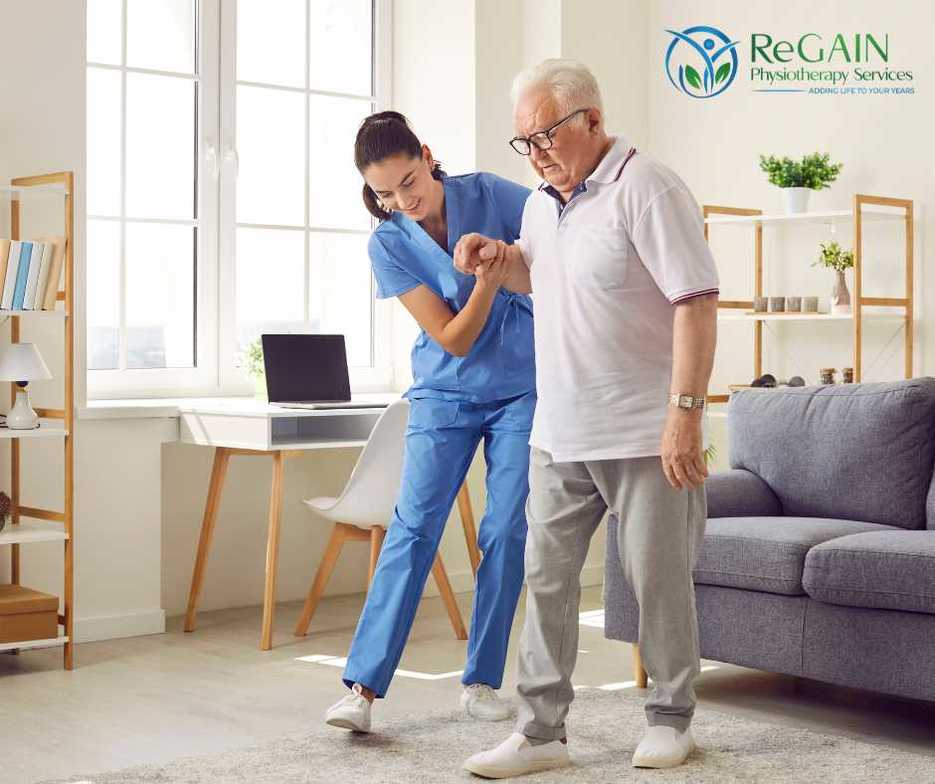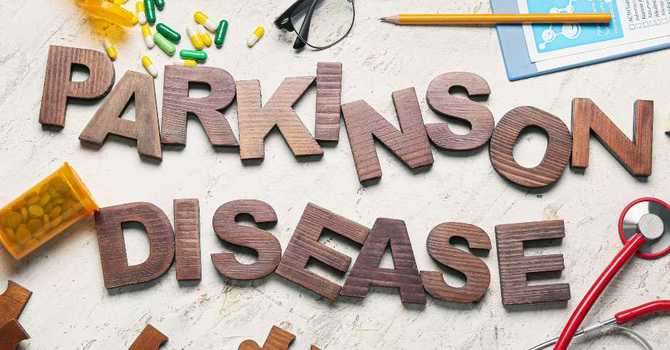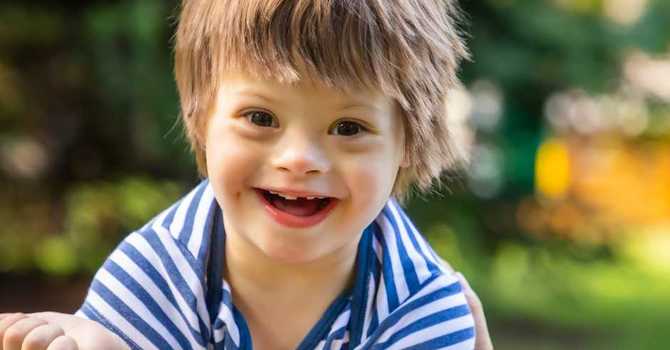
Stroke, also known as a cerebrovascular accident (CVA), is a significant medical event that can have lasting impacts on an individual's life.
Survivors often face challenges in mobility, strength, coordination, and daily activities due to the damage caused to the brain. However, physical therapy plays a crucial role in the rehabilitation process, helping stroke survivors regain independence and improve their quality of life. In this article, we'll explore how physical therapy aids in stroke recovery and the various techniques and approaches used in rehabilitation.
Understanding Stroke and its Effects
Before delving into the role of physical therapy, it's important to understand what happens during a stroke and its effects on the body. A stroke occurs when blood flow to the brain is interrupted, either due to a blockage (ischemic stroke) or a burst blood vessel (hemorrhagic stroke). This interruption deprives the brain of oxygen and nutrients, leading to brain cell damage or death.
The consequences of a stroke depend on factors such as the location and severity of the brain injury. Common impairments experienced by stroke survivors include:
- Muscle weakness or paralysis on one side of the body (hemiparesis or hemiplegia).
- Loss of coordination and balance.
- Difficulty walking or performing daily activities independently.
- Impaired speech and language skills.
- Cognitive deficits, such as memory and attention problems.
Role of Physical Therapy in Stroke Rehabilitation
Physical therapy is a cornerstone of stroke rehabilitation, focusing on restoring movement, function, and independence. The primary goals of physical therapy in stroke recovery include:
-
Improving Mobility and Strength: Physical therapists design exercises and activities to help stroke survivors regain strength and mobility in affected limbs. This may involve repetitive movements, resistance training, and balance exercises to rebuild muscle tone and coordination.
-
Enhancing Balance and Coordination: Balance is often compromised after a stroke, increasing the risk of falls. Physical therapists use specific exercises and techniques to improve balance and coordination, reducing the likelihood of accidents and promoting safe mobility.
-
Retraining Motor Skills: Stroke survivors may experience difficulties with activities such as walking, grasping objects, or dressing themselves. Physical therapists employ task-specific training and functional activities to retrain motor skills and promote independence in daily tasks.
-
Addressing Gait Abnormalities: Walking abnormalities are common post-stroke due to muscle weakness, spasticity, or impaired coordination. Physical therapists utilize gait training programs to correct walking patterns, improve endurance, and enhance overall walking function.
-
Preventing Secondary Complications: Stroke survivors are at risk of developing secondary complications such as muscle contractures, pressure ulcers, and joint stiffness. Physical therapists implement preventive measures and therapeutic interventions to mitigate these risks and promote overall well-being.
-
Providing Education and Support: Physical therapists educate stroke survivors and their caregivers about strategies for managing symptoms, preventing falls, and maximizing function at home. They offer emotional support and guidance throughout the rehabilitation process, empowering individuals to actively participate in their recovery.
Approaches in Physical Therapy for Stroke Rehabilitation
Physical therapists employ a variety of approaches and techniques tailored to the unique needs of each stroke survivor. Some common interventions include:
-
Neurodevelopmental Treatment (NDT): NDT focuses on facilitating normal movement patterns and inhibiting abnormal patterns through hands-on techniques and functional activities.
-
Constraint-Induced Movement Therapy (CIMT): CIMT involves restraining the unaffected limb while encouraging intensive use of the affected limb to promote motor recovery.
-
Task-Specific Training: This approach involves practicing specific tasks or activities relevant to the individual's goals, such as reaching for objects, climbing stairs, or getting in and out of bed.
-
Electrical Stimulation: Electrical stimulation techniques, such as functional electrical stimulation (FES) or neuromuscular electrical stimulation (NMES), may be used to improve muscle activation and function in stroke-affected limbs.
-
Aquatic Therapy: Water-based exercises in a controlled environment can provide buoyancy and resistance, facilitating movement and reducing the fear of falling.
Physical therapy plays a pivotal role in the rehabilitation journey of stroke survivors, helping them regain function, mobility, and independence after a life-altering event. Through personalized treatment plans, skilled interventions, and ongoing support, physical therapists empower individuals to overcome challenges and strive for optimal recovery. If you or a loved one has experienced a stroke, don't hesitate to seek the expertise of a qualified physical therapist (*hint*) to embark on the path to rehabilitation and improved quality of life.

Michelle O'Neal-Woods
Contact Me



